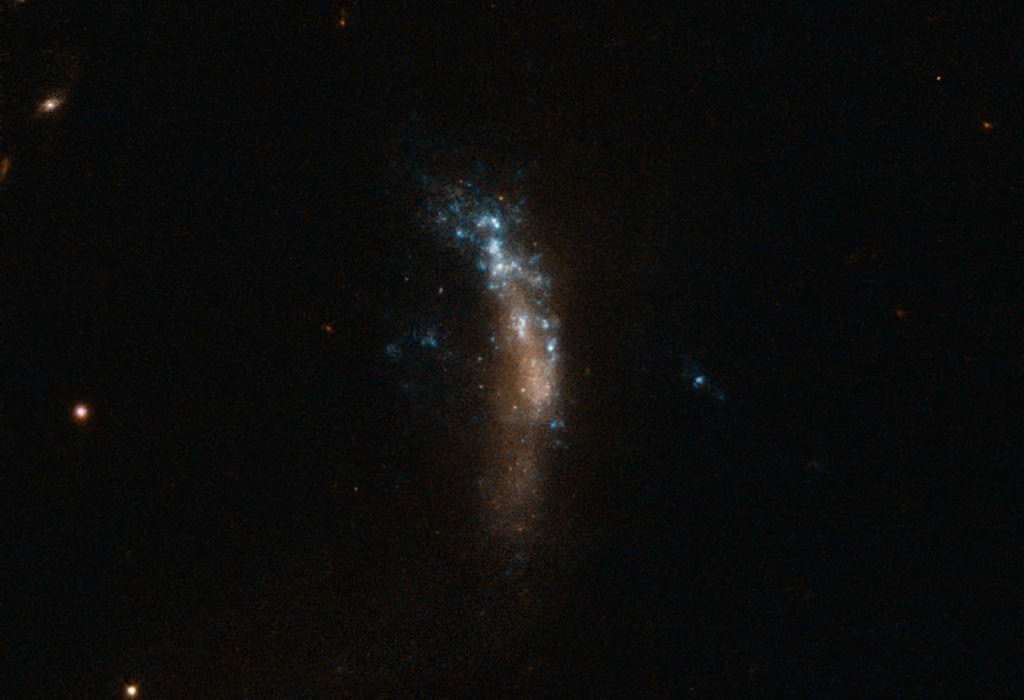Astronomy Jargon 101: Irregular Galaxies

In this series we are exploring the weird and wonderful world of astronomy jargon! You’ll feel a little odd after today’s topic: irregular galaxies! When it comes to galaxies, there are the beautiful striking spirals, with their glowing arms stretching for tens of thousands of lightyears. There are the proud and stately ellipticals, demanding respect for their vast and ancient populations of stars. And then there are…the irregular galaxies. The weirdos. The oddballs. The ones that defy description and categorization, and wind up in a category all their own, simply because they don’t fit. If there was an Island of Misfit Galaxies, the irregulars would be dropped off there. Irregular galaxies tend to be small, with most no more than a tenth the mass of the Milky Way. The smallest irregulars are no more than a handful of kiloparsec across. They usually have no central bulge, no spiral arms, and really no structure at all. But despite their oddity, they make up roughly a quarter of all known galaxies. They are difficult to detect, this they have very little active star formation and appear much dimmer than regular galaxies of the same mass. There are technically three different categories of irregulars, but that’s really stretching the definition of “category”. The three categories are: a) mostly irregular but with a little bit of structure, b) totally and completely irregular, and c) both irregular and very small. Seriously, that’s it. Those are the three categories. Besides that, irregulars tend to be older than spiral galaxies but younger than ellipticals, so they might represent some cast-off in the normal process of how galaxies evolve. The post Astronomy Jargon 101: Irregular Galaxies appeared first on Universe Today.
Read original article here.
Written by: Paul M. Sutter

Facebook Comments